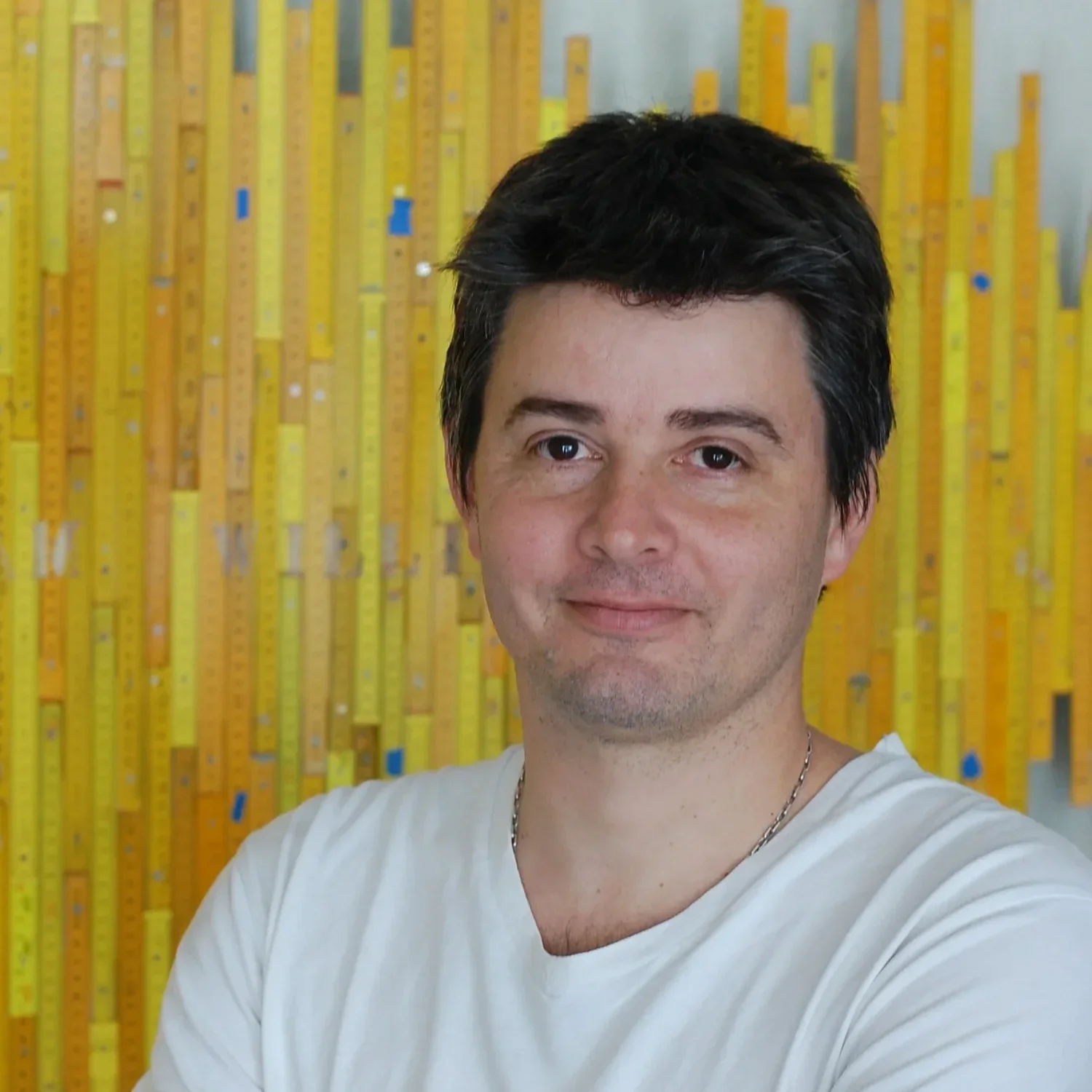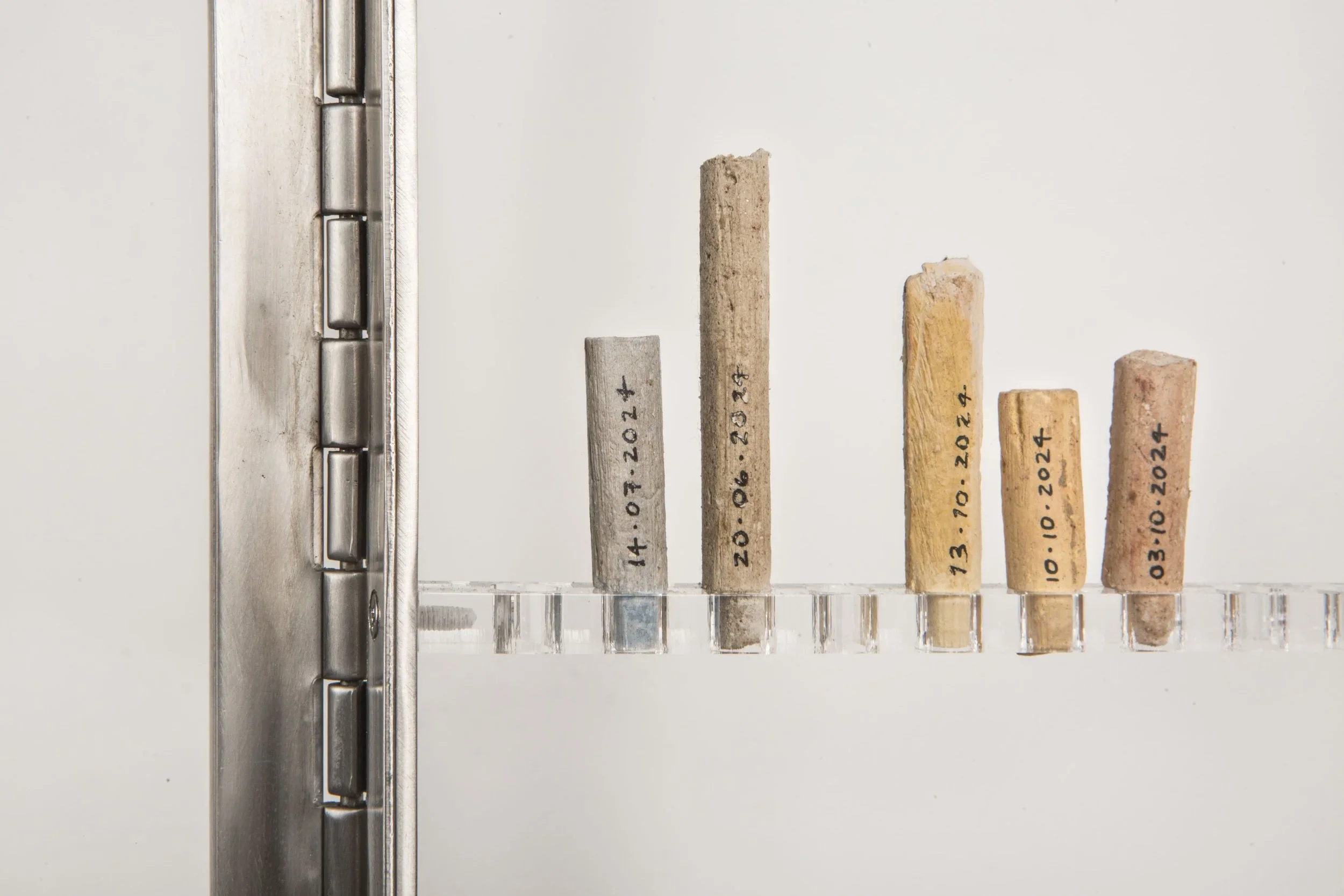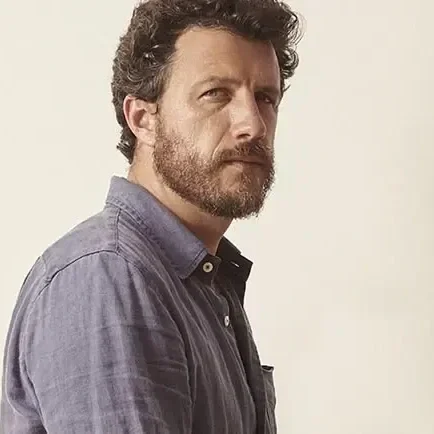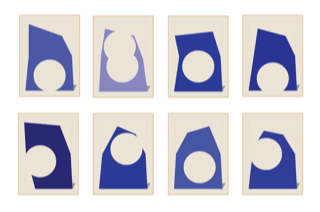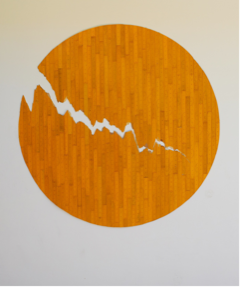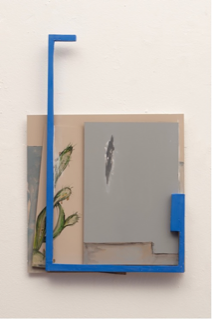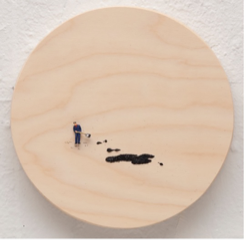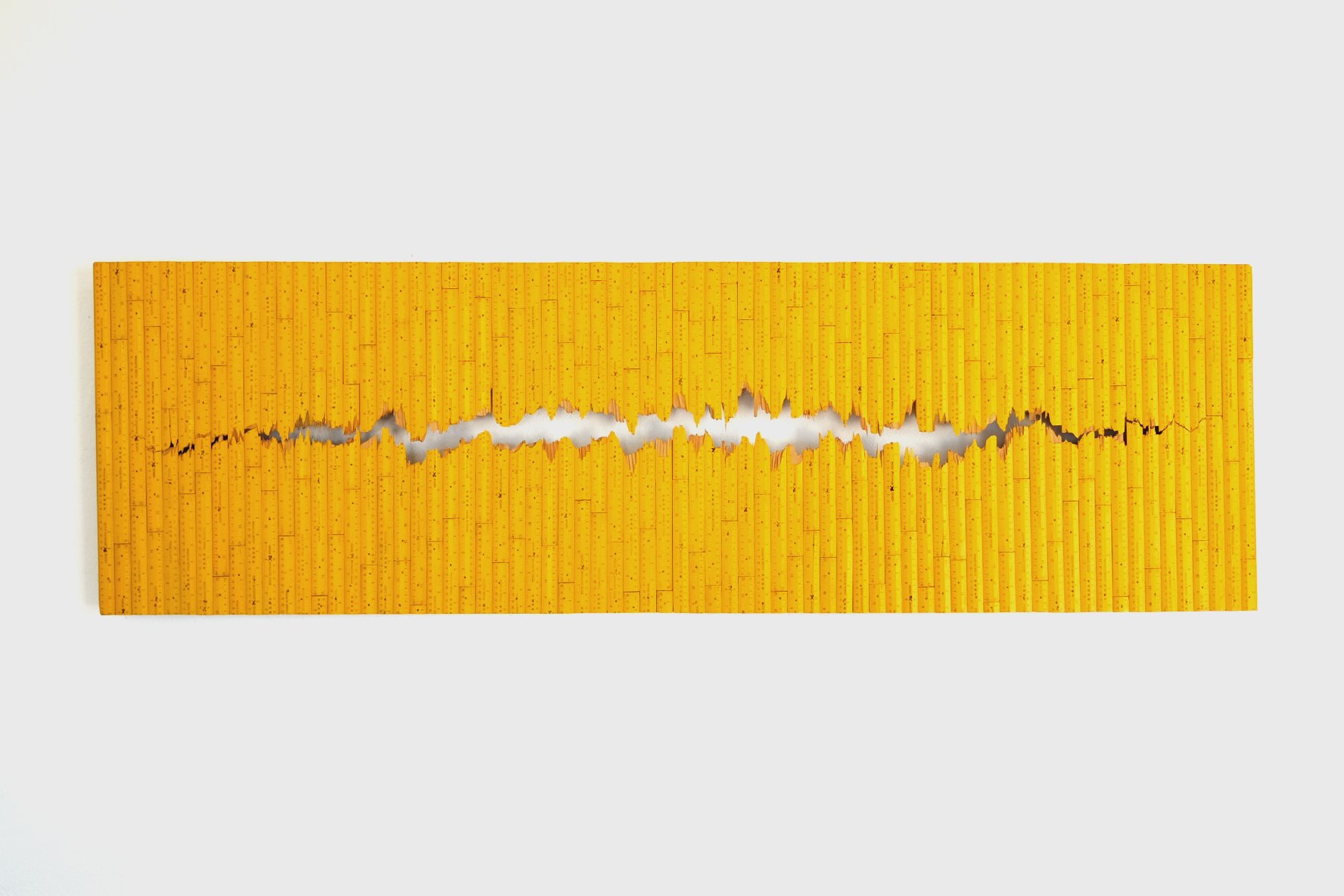GALERÍA DEL PASEO
Lima | Peru
Punta del Este | Uruguay
Director | Silvia Arrozés
Galería del Paseo is directed by Silvia Arrozés. It was founded in 1998 in Montevideo and in 2004 it settled in Manantiales, Punta del Este. In 2015, it opened a new space in Miraflores, Lima, Peru. Since then, it has developed an exhibition program aimed primarily at promoting contemporary Uruguayan, Peruvian and Latin American artists. It participates in international fairs and has held exhibitions in several countries in Latin America and the United States.
Silvia Arrozés
ESTE ARTE 2026 | PEDRO TYLER
ESTE FOCUS
Booth walkthrough with the artist
Pedro Tyler
In Spanish, without translation.
Open to the public.
Date: TBD
Time: TBD
Venue: Pavilion VIK
Ruta 10, Km 182.5, José Ignacio
CURATORIAL
For ESTE ARTE 2026, 12th edition, Galería del Paseo presents Pedro Tyler’s project “Event Horizon”, created especially for the public of ESTE ARTE and Uruguay. Borrowing its title from astrophysics, the project reflects on the threshold of a black hole, where space and time collapse. Tyler’s sculptures—composed of deconstructed rulers—form architectural collisions that activate the booth space. Two large works pierce the wall facing the fair’s entrance, creating glimpses between interior and exterior, folding them into a single perceptual field. “Event Horizon” situates viewers within a paradoxical space where measurement fails, proposing sculpture as both a physical and temporal experience that resonates with Uruguay’s coastal horizon.
BIO
Pedro Tyler (Uruguayan, b. 1975) studied Fine Arts at Universidad Finis Terrae in Santiago, Chile, graduating with highest honors in 2001. Over two decades, he has developed a distinctive body of work that employs rulers and measuring devices as metaphors for time, space, and the impossibility of precise measurement. His sculptures—cut, bent, and recomposed from these instruments—engage philosophical paradoxes and cosmological themes, expanding the dialogue between art, science, and perception. Tyler has exhibited widely across Latin America, the U.S., and Europe, and his works are in collections including the Museum of Fine Arts, Houston; SPACE Collection, Los Angeles; P.O.C., Brussels; CCU, Santiago; Museo de Arte Contemporáneo, Bogotá; and several institutions in Montevideo. He lives and works in Santiago.
ESTE ARTE 2026 OFFSITE | ISHAMEL RANDALL-WEEKS & AZUL CAVERNA
BIO
Ishmael Randall-Weeks (Peruvian, b. 1976) lives between Peru and New York. Trained at Bard College and Skowhegan, he has exhibited internationally at MoMA PS1, The Drawing Center, Museo de Arte de Lima, MACRO Rome, Bronx Museum, MFA Boston, and in biennials including Havana, Cuenca, and Greater New York (PS1). His practice explores architecture, landscape, and social systems through sculpture and installation.
Azul Caverna (Argentine, b. 1979), based in Mendoza, has presented performances and installations across Latin America and Spain, including Pinta Miami (2024), Inconsciente (Galería del Paseo, Lima, 2023), and projects at ESTAMPA/IFEMA and ARTESANTANDER. Her work often addresses embodiment, ritual, and the intersections of art and ecology.
CURATORIAL
For ESTE ARTE 2026, 12th edition, Galería del Paseo presents the collaborative project “Land Rituals”, conceived especially for the public of ESTE ARTE and Uruguay. Randall-Weeks will install a sculptural environment on Galería del Paseo’s terrace, integrating industrial and natural materials to evoke cycles of construction and erosion. In dialogue, Azul Caverna will stage a site-specific performance at Playa Vik, activating the landscape through movement and ritual gestures. Together, the works bridge architecture, body, and environment, reimagining social and ecological interdependence in the coastal context of José Ignacio.
ESTE ARTE 2025 | Guillermo García Cruz
Guillermo García Cruz
BIO
Guillermo García Cruz (1988, Montevideo) is a Visual Arts professor at the IPA (Instituto de Profesores Artigas) in Montevideo, Uruguay. He has also studied at Washington Studio School and Corcoran School of the Arts and Design in Washington, D.C., USA. In Uruguay, his work has been exhibited individually at the Espacio de Arte Contemporáneo in Montevideo and internationally in exhibitions in Lima, Buenos Aires, Mexico, Miami, Washington DC, New York, Madrid, Barcelona, Lisbon, Timisoara, and Tianjin. Among various accolades, in 2019, he was recognized globally as one of the 12 emerging artists to watch by the Ibero-American site Arte Informado.
Currently living and working between the United States and Latin America, García Cruz has developed an interdisciplinary body of work that spans painting, photography, sculpture, action, and installation. His work explores contemporary approaches to geometric issues and the conceptual interpretations stemming from their formal disruption. Recently, his work has been included in the collections of CIFO – Cisneros Fontanals Art Foundation (Miami, USA), Jorge Pérez Collection (USA), the Collection of Northwestern University (Chicago, USA), DC Collection (Bogotá, Colombia), Luis Bassat Collection (Barcelona), Alberto and Ginette Rebaza Collection (Lima), and the MACA (Museo de Arte Contemporáneo Atchugarry, Uruguay), among other international private collections.
STATEMENT
Guillermo García Cruz's exhibition for ESTE ARTE 2025 presents a sophisticated interplay of constructivist structures reinterpreted through the lens of contemporary technology. The artist explores the dynamics of image construction in an age dominated by information processing, where screens serve as artifacts that erode the image with unpredictable distortions. García Cruz employs chromatic pigments that react to signal adjustments, allowing the speed of information to manifest as a disruption in the visual narrative. Time itself becomes a force of disruption within the image, as vibrations create a tension between the presence and absence of form. The work invites viewers to engage with the space between these moments of disappearance, where the potential for construction arises.
This narrative is further deepened through García Cruz's sculptures, where black marble pieces are subtly altered with fine lines that define their identities. These pieces, along with three specially designed volumes, extend the exhibition’s key concepts into the realm of spatial experience. The inclusion of functional furniture transforms these pieces into dynamic, living elements within the exhibition space. Through the vibrational distortions of geometric forms, García Cruz captures the dynamic structures of contemporary aesthetics, offering a poignant reflection on the impact of technology and information in shaping visual culture.
Curator: Jacqueline Lacasa
ESTE ARTE 2024
ESTE ARTE 2023
Ana Tiscornia (1951, Uruguay) | Azul Caverna (1979, Argentina) | Guillermo García Cruz (1988, Uruguay) | Marco Maggi (1957, Uruguay) | Nelson Ramos (1932-2006, Uruguay) | Pedro Tyler (1975, Uruguay) | Rimer Cardillo (1949, Uruguay)
ESTE ARTE 2022
Ana Tiscornia (1951, Uruguay) | Azul Caverna (1979, Argentina) | Guillermo García Cruz (1988, Uruguay) | Marco Maggi (1957, Uruguay) | Liliana Porter (1941, Argentina) | Mariella Agois (1956, Peru) | Martina Quesada (1987, Argentina) | Nelson Ramos (1932-2006, Uruguay)
ESTE JOURNAL 2021
Claudia Casarino (1974, Paraguay) | Claudia Coca (1970, Perú) | Gerardo Goldwasser (1961, Uruguay) | Pablo Uribe (1962, Uruguay)
ESTE ARTE 2020
Rimer Cardillo (1949, Uruguay) | Ignacio Iturria (1949, Uruguay) | Marco Maggi (1957, Uruguay) | Ricardo Pascale (1942, Uruguay) | Liliana Porter (1941, Argentina) | Nelson Ramos (1932, Uruguay) | Martín Sastre (1976, Uruguay) | Fidel Sclavo (1960, Uruguay) | Ana Tiscornia (1951, Uruguay) | Pedro Tyler (1975, Uruguay) | Pablo Uribe (1962, Uruguay) | Ernesto Vila (1936, Uruguay)
ESTE ARTE 2019
Daniel Escardó (1957-2018, Uruguay) | Álvaro Gelabert (1964-2018, Uruguay)
ESTE ARTE 2017
ESTE ARTE 2015
What is your ideal type of collector? Collectors who are oriented towards contemporary art.
What, on the contrary, is the sort of collector you try to avoid at all cost? I like to listen to all collectors and assist them equally.
Who is the collector from whom you have learnt the most, and why? I try to see positive aspects in all of them.
What, if any, is the mistake you would never make again? I always do my job doing my utmost.
What, if any, is the best deal you have ever made? Every deal is different and I appreciate all of them the same way.






